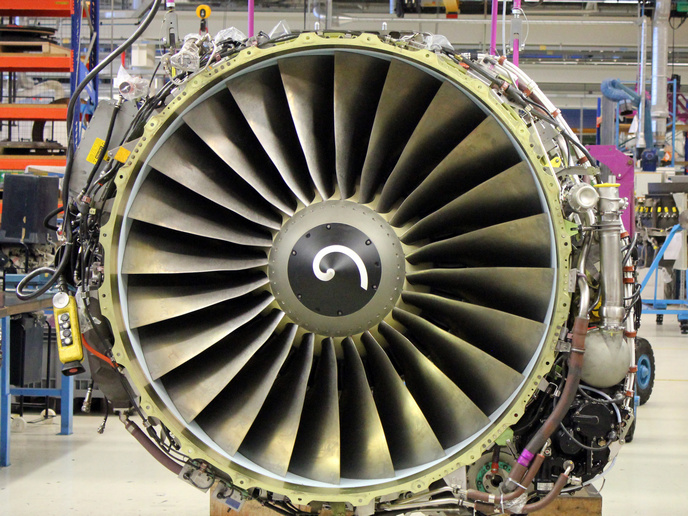Fully automated inspection systems for aircraft engine components
Although the modern aircraft is a high-tech, highly automated machine, aircraft maintenance and inspections are still largely a manual affair. That means even the most routine maintenance tasks can be time-consuming and extremely expensive, not to mention prone to human error. The good news is that this is slowly starting to change, thanks in part to such EU-funded initiatives as the AUTHENTIC(opens in new window) project. With support from the Clean Sky 2 Joint Undertaking(opens in new window), the project has developed a fully automated inspection system for detecting superficial defects in welded safety-critical engine components. “Our reliable inspection system has the potential to perform faster inspections on full-scale components, take human subjectivity out of the inspection equation, and create a healthier and cleaner working environment for technicians,” says Eider Gorostegui Colinas, senior researcher at Lortek(opens in new window), the project’s lead partner.
Introducing inductive thermography
At the heart of the project is the use of inductive active thermography, a technology that utilises a thermal camera to examine the heat propagation of a surface – in this case, welds – while they are being heated with induction. “Defects act like barriers for heat propagation, and this concentrated heating in the defective areas is directly captured by the infrared camera,” explains Gorostegui Colinas. In the AUTHENTIC solution, inspections are carried out automatically by a robot, whose head contains both the thermal camera and the inductor. “Each head is designed to inspect a specific area of a component and, when used together, can cover the entire surface to be inspected,” she notes. The recordings obtained are processed to create images, which undergo automatic defect detection using algorithms that provide the location and size of the defects.
Crack detection at any orientation
What really makes the AUTHENTIC solution unique is its entirely new inductor: it is designed to optimise inspection times by allowing the solution to detect cracks at any orientation. “This is very important, as traditional inductors are only able to detect cracks located perpendicular to the induced magnetic field,” says Gorostegui Colinas. In the past, this limitation was overcome using a robot head that included an extra rotational degree of freedom to ensure the detection of any crack. However, this meant a more complex system and longer inspection times.
Asking the right question
To test the system’s adequacy, researchers turned to probability of detection (POD) analysis. “The question isn’t ‘what’s the smallest crack we can detect with thermography’, it’s ‘how many cracks did we miss’,” says Gorostegui Colinas. “In other words, the focus should be on reliability – something that is often forgotten when developing new systems.” Using the hit-miss POD method, researchers tested different sample sets to compute the smallest crack that can be reliably found.
Advancing the state of the art
The AUTHENTIC project successfully advanced the state of the art in automatic aircraft maintenance and inspection. “Thermography opens a new paradigm by allowing automation of both the inspection and the detection, eliminating possible human execution errors in defect detection, facilitating testing of any design and enabling faster inspections,” concludes Gorostegui Colinas. Although the project itself is now finished, researchers continue to work on their solution with the aim of reaching final industrialisation in the near future.







